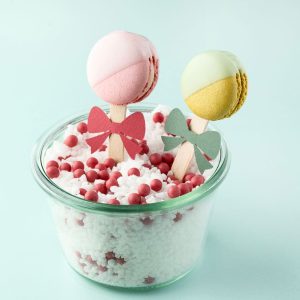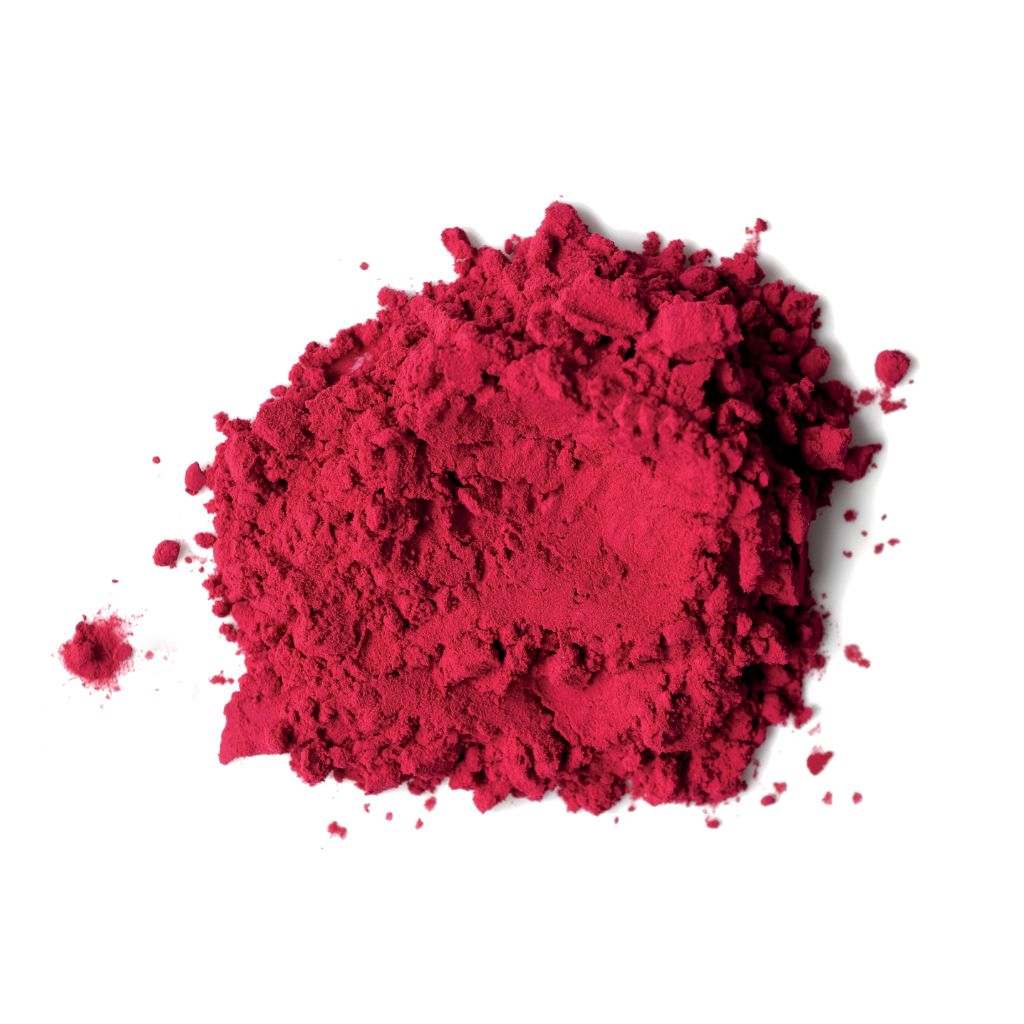Powdered food coloring is a valuable tool for both professional and amateur bakers or cooks. In this article, we’ll explore how to use this product to enhance your culinary creations. Whether you’re an expert or a beginner, you’ll find practical tips here to get the most out of your powdered food coloring.
What is powdered food coloring?
Powdered food coloring is a concentrated form of coloring that offers more intense color compared to liquid or gel colorings. It’s ideal for applications where extra moisture could affect the texture of the final product, such as macarons or chocolates.

Types of powdered colorings:

- Natural colorings: Created from plant, mineral, or animal sources (selective pigment extraction). The taste is mild and the color intensity varies depending on the amount used. Natural colorings are considered additives.
- Coloring foodstuffs: Made from plants via non-selective extraction from fruits, vegetables, or plants. The taste is also mild, and the intensity varies with the dosage. Coloring foodstuffs are ingredients, not additives.
- Fruit and vegetable powders/coatings: These are physically processed fruits and/or vegetables with a pronounced taste. They are considered ingredients.
- Synthetic colorings: Created by synthesis and purification, these offer intense colors. However, they may contain azo dyes (E102, E104, E110, etc.). Good to know: Chocolatree has banned these colorings since 2019.
How to use powdered food coloring?
1. Choose the right coloring
- Check compatibility: Make sure the coloring is suitable for your application. Some colorings are specific for chocolate, while others are better for doughs, biscuits, or glazes. Chocolatree colorings are fat-soluble.
- Consider intensity: Powdered colorings are very concentrated, so a small amount is enough for a vivid color. The dosage of colorings or coloring foodstuffs is regulated.
2. Application in recipes
- For doughs: Add the coloring directly to the dough before baking. Mix well to avoid streaks.
- For glazes: Dissolve the coloring in a small amount of liquid before adding it to the glaze for an even color.
- For chocolate: Use specific chocolate colorings that do not contain water, so as not to affect the texture.
- For biscuits and glazes: Prepare a solution by mixing 20% powder and 80% water.
3. Mixing techniques
- Sift the coloring: To avoid lumps, sift the coloring before adding it to your dry ingredients.
- Use a brush: For precise details, apply the coloring with a brush directly onto the surface of finished products.
Advantages of powdered food coloring
- Long shelf life: Unlike liquid colorings, powders last longer.
- Versatility: Can be used in a variety of recipes without altering texture or taste.
- Intensity: Offers bright, vibrant colors with just a small amount. Note that plant-based colorings are “alive”—color may fluctuate depending on the season and harvest. Once used, they can be sensitive to prolonged UV exposure.
Precautions
- Dosage: Always start with a small amount and adjust as needed..
- Storage: Keep the coloring in a cool, dry place away from sunlight to preserve its quality.

Powdered food coloring is a precious ally for bringing your culinary creations to life. By following these tips, you’ll be able to use it effectively for spectacular results. Whether for cakes, macarons, or chocolates, powdered coloring will help you create edible works of art.
